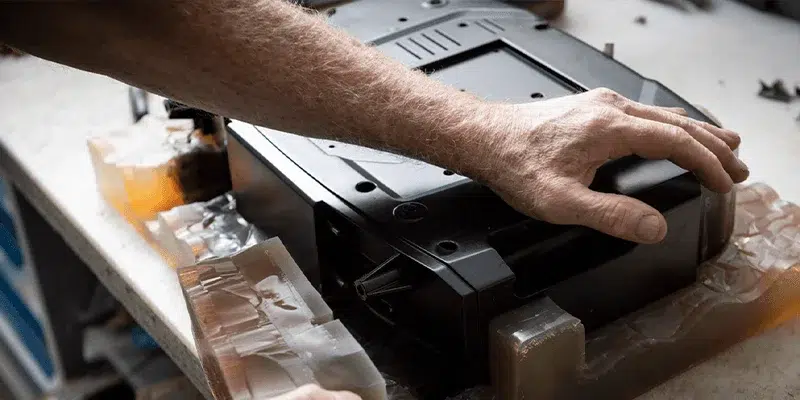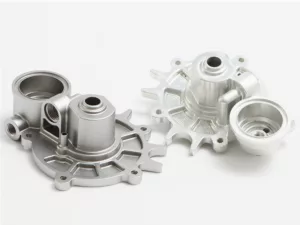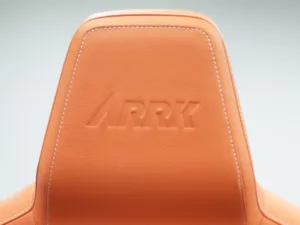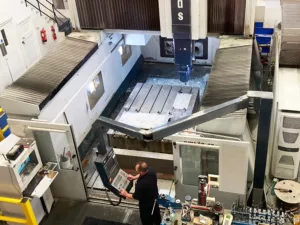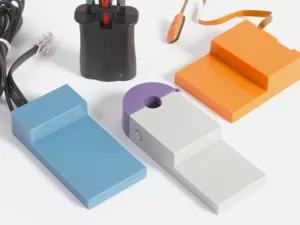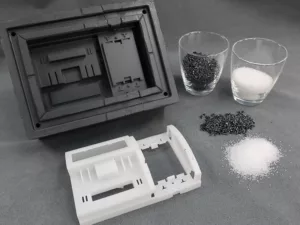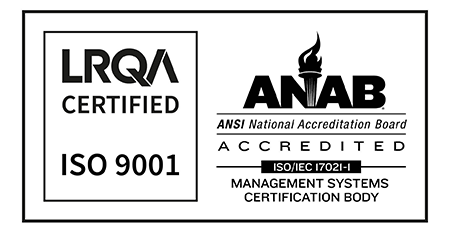All manufactured products must go under regulatory specifications to ensure the safety of their use. In the prototyping phase, choosing its prototyping material can affect the lead time, especially if the team is not experienced enough to know material resilience, tolerances, or biocompatibility (if needed to be used in the medical industry).
Urethane casting has a versatility that allows the creation of a wide range of part specifications and geometries, so customers can acquire the desired properties without taking too much time or money from the project’s budget.
Here are the 3 ways how ARRK’s experienced team chose the right prototyping material:
1. Ensuring all pieces fit as intended
Parts alone are important, but the crucial role of prototyping is in the assembly. Making sure all pieces fit can identify potential physical problems with a feature, design limitations, issues with its dimensions, tolerances, or the need for extra parts for assisting further functional accuracy.
2. Precision of part’s resistance
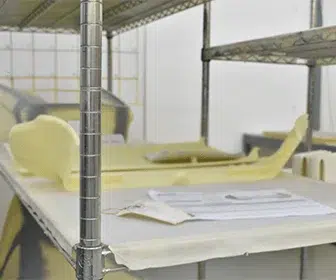
Measuring the precision of each part can be achieved when evaluating how prototypes perform when exposed to:
- Chemicals that might be present in the environment
- Temperature changes and humidity
- Proper electricity conductivity or exposure to UV light
- Mechanical repeated use
Subjecting the machine or parts to the stresses and conditions of its intended use could ensure the optical or thermal properties needed. This testing confirms that products can stay functional and provide good results in their life usage expectancy.
3. Helping to create models for regulatory testing
Product design is done, and the prototyping must comply with national or international standards, such as flammability, food safety, safety hazard, or biocompatibility. When everything is well communicated between company and manufacturer, such things can be achieved easier with the right prototyping material, making it easier to comply with regulations and start production to market.
Proficiency in every option used, such as in the wide range of resins, sizes, and finishing options.
ARRK North America, Inc. will work with you during every stage of the process to ensure we meet your product needs and your production lead time goal. Learn more about our materials below.
RIGID URETHANE CASTING MATERIALS
Such materials can be ideal for high-strength parts and/or parts in need of fire-retardant materials.
To view Data Sheets for our Rigid Urethane Casting Materials, please click the links below.
- ABS-Like | Small & Medium Parts | AT-1 & AT-3_TR
- ABS-Like | Large Parts | AT-1 & AT-3
- ABS-Like | High Temperature | AT-2
- Clear Urethane | CU-1
- Polypropylene Emulator | High Impact | PP-1
- Fire Retardant | US-2
ELASTOMERIC URETHANE CASTING MATERIALS
Materials perfect for functional assembly and visual evaluation.
To view Data Sheets for our Elastomeric Materials, please click the links below.
- Urethane Rubber | UR-1
- SR-1 Silicone Rubber
ARRK North America Inc. creates accurate and high-quality cast copies with an immaculate finish from start to finish of a project.
Contact us at (800) 735-2775 or fill out our form to Get a Quote
